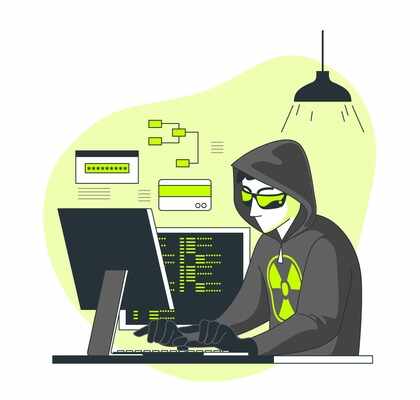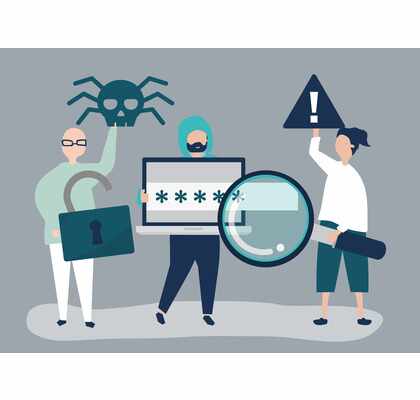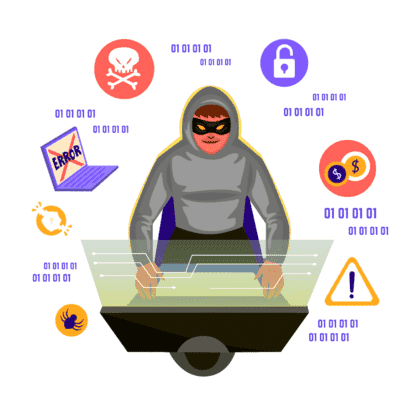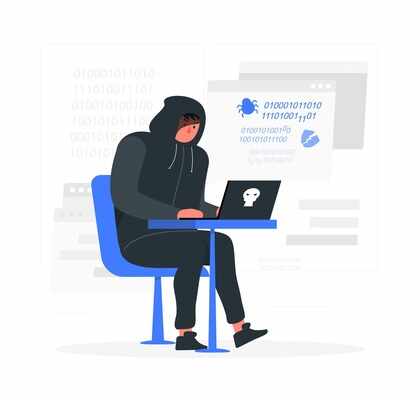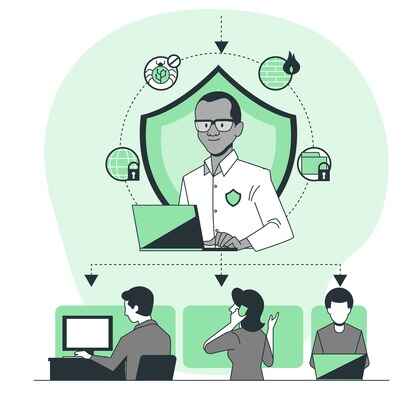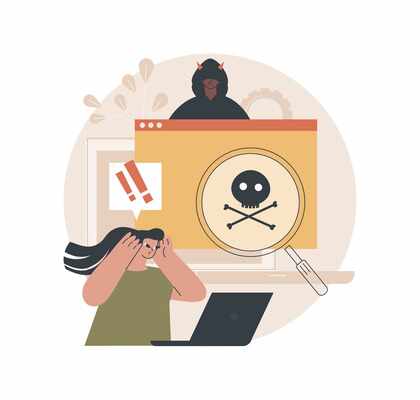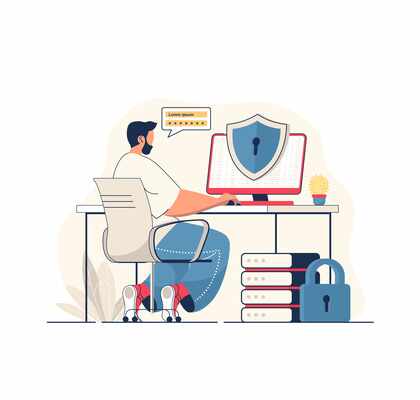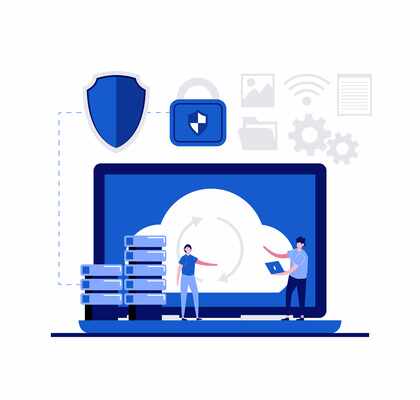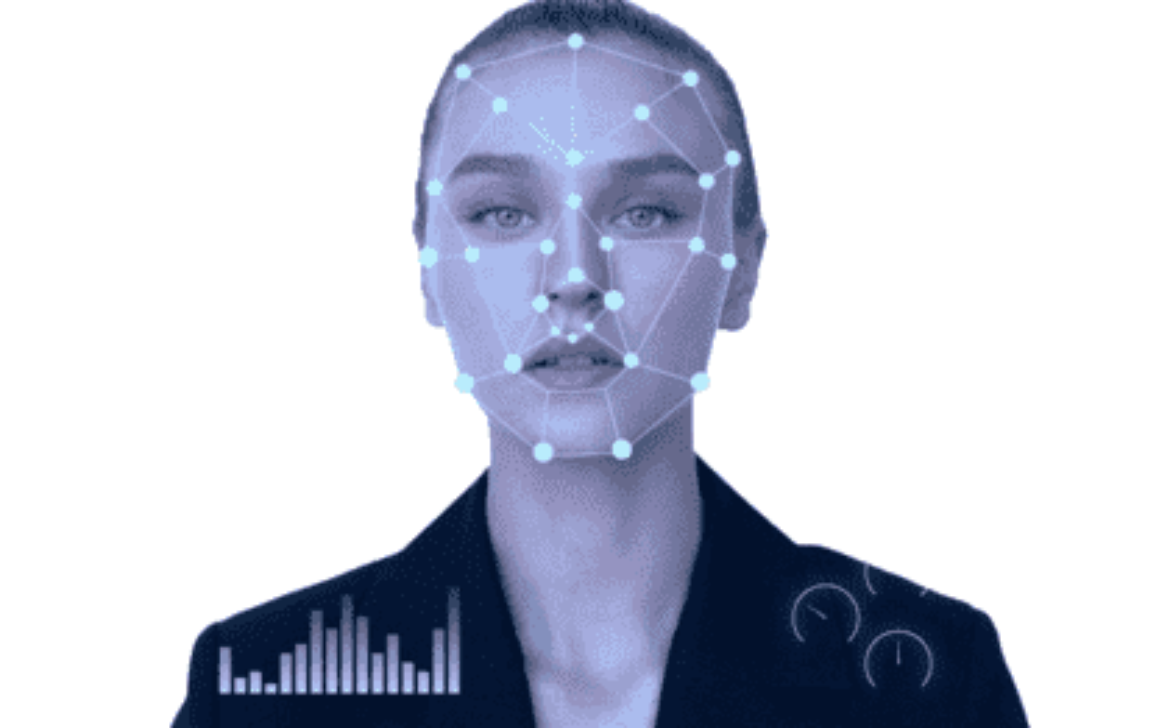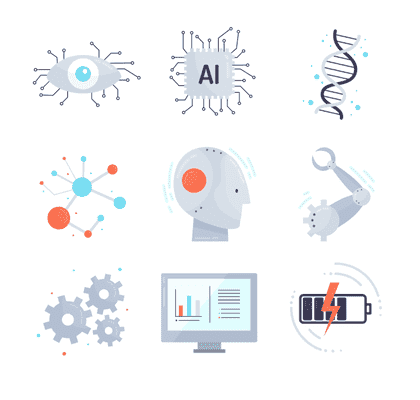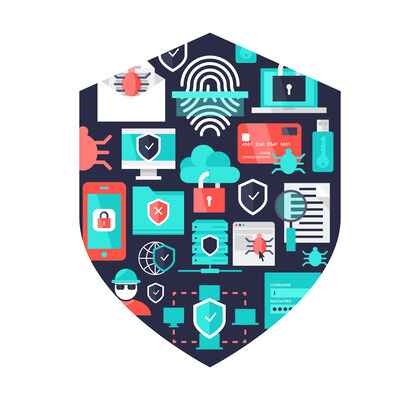Leveraging Social Media for Business Success
In today’s digital age, social media has become an integral part of everyday life, with billions of people actively using various social media platforms. As a result, social media has also become a vital tool for businesses to reach and engage with their customers. The impact of social media on business is undeniable. It has changed the way businesses communicate with their audience, as well as how they market and promote their products or services. Social media allows businesses to connect with their customers on a more personal level and build brand loyalty. One of the biggest advantages of social media is its ability to reach a large audience quickly and easily. With the right strategy and approach, businesses can use social media to increase brand awareness and visibility. Social media also provides businesses with valuable insights into customer behavior, preferences, and feedback, which can be used to improve products or services. Another significant benefit of social media is its cost-effectiveness. Traditional advertising and marketing methods can be expensive and may not reach the desired audience. Social media, on the other hand, offers a range of advertising options that are more affordable and targeted. Businesses can create social media ads that target specific demographics, interests, and behaviors, ensuring that their marketing efforts are more effective. In addition to marketing and advertising, social media also offers opportunities for businesses to provide customer support and build relationships with their customers. Customers can reach out to businesses through social media platforms, and businesses can respond quickly and efficiently, addressing any concerns or issues. This can help build trust and loyalty with customers and improve overall customer satisfaction.
Social media is about the people. Not about your business. Provide for the people and the people will provide for you. – Matt Goulart
However, social media also poses some challenges for businesses. It can be difficult to stand out among the vast number of businesses on social media, and maintaining a consistent brand image can be a challenge. Social media also requires regular updates and engagement, which can be time-consuming. To leverage social media for success, businesses need to develop a strong social media strategy that aligns with their overall business goals. This includes identifying the target audience, selecting the appropriate platforms, and creating engaging content that resonates with the audience. It’s also essential to monitor social media analytics and adjust strategies as needed to ensure the best results. In conclusion, social media has become an essential tool for businesses to reach and engage with their customers. It offers numerous benefits, including cost-effectiveness, targeted advertising, and improved customer support. However, it also poses some challenges that need to be navigated. With a strong social media strategy and consistent effort, businesses can leverage social media for success in 2023 and beyond.






